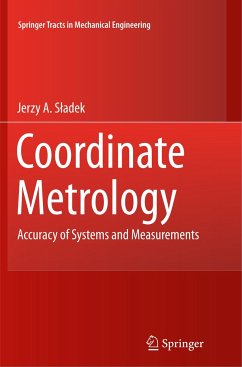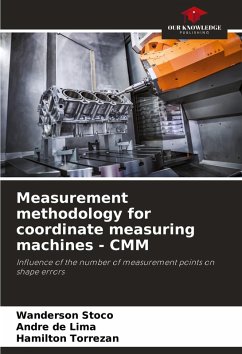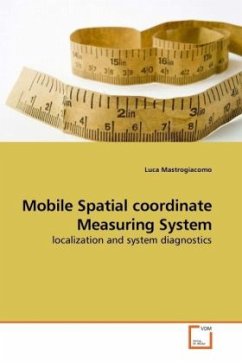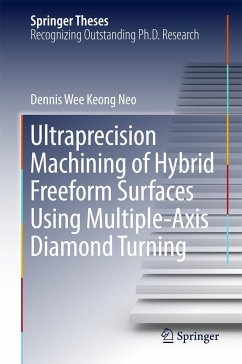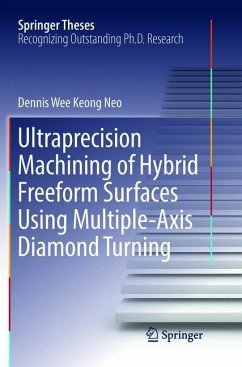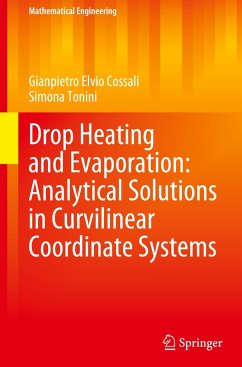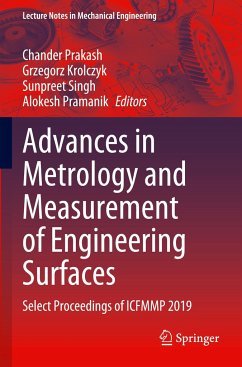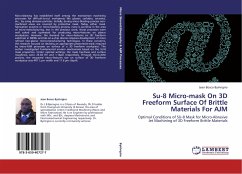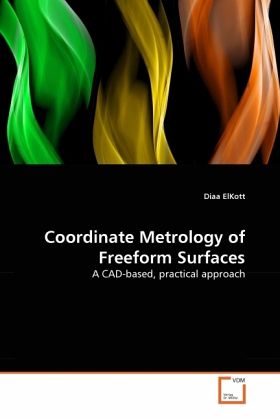
Coordinate Metrology of Freeform Surfaces
A CAD-based, practical approach
Versandkostenfrei!
Versandfertig in 6-10 Tagen
52,99 €
inkl. MwSt.

PAYBACK Punkte
26 °P sammeln!
Sculptured surfaces are used in several applications. The manufacture of sculptured surfaces is carried out using numerically- controlled machines, and automatically-generated tool paths. This process is affected by several error sources, which result in geometric deviation between the machined surface, and the design intent. Coordinate measuring machines, CMMs, are used to assess the quality of the machined surfaces. A new perspective on the geometric inspection of sculptured surfaces is presented in this manuscript. This perspective consists in three concepts: 1) construction of a substitute...
Sculptured surfaces are used in several applications. The manufacture of sculptured surfaces is carried out using numerically- controlled machines, and automatically-generated tool paths. This process is affected by several error sources, which result in geometric deviation between the machined surface, and the design intent. Coordinate measuring machines, CMMs, are used to assess the quality of the machined surfaces. A new perspective on the geometric inspection of sculptured surfaces is presented in this manuscript. This perspective consists in three concepts: 1) construction of a substitute geometry for the physical object, 2) scanning the model surface along its isoparametric curves, and 3) using surface complexity measures to calculate the scanning curve locations. This work is twofolds: 1) a CAD-based module for sculptured surface sampling, and 2) a framework for CMM measurement analysis. The theoretical background for each section, the pseudocode for computer programmes used to solve the problems, as well some case studies are provided in this manuscript.



